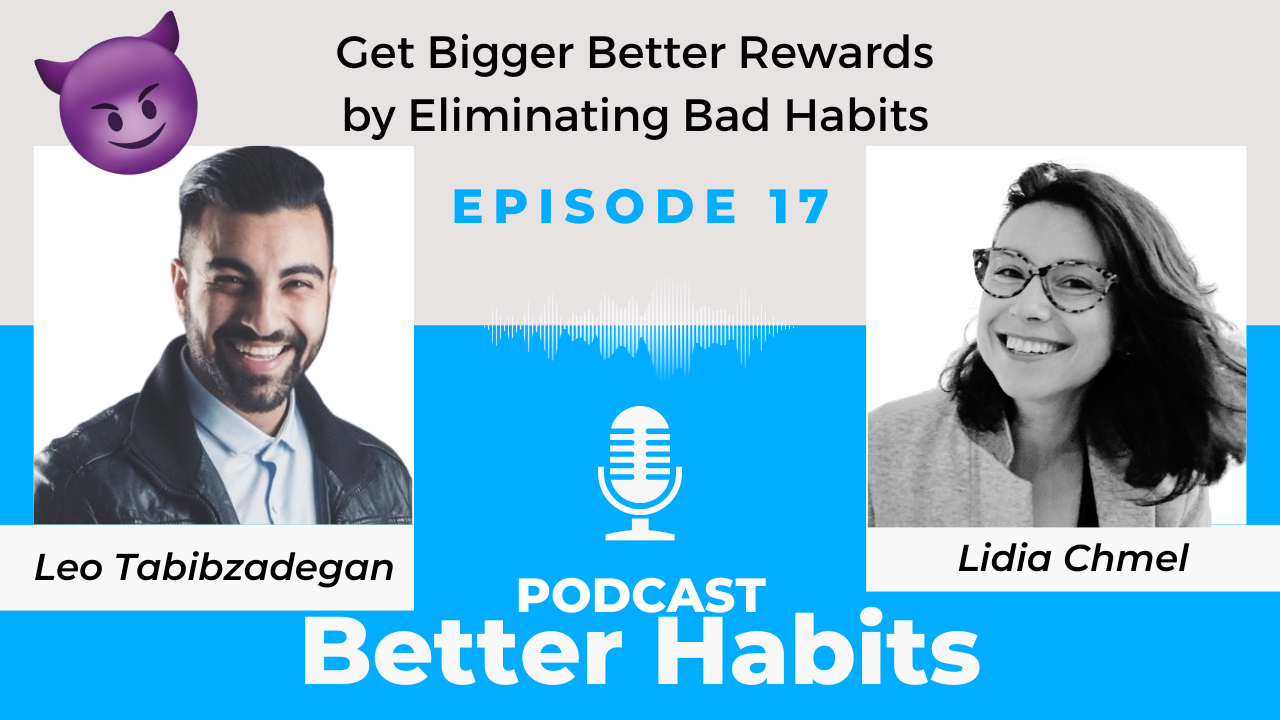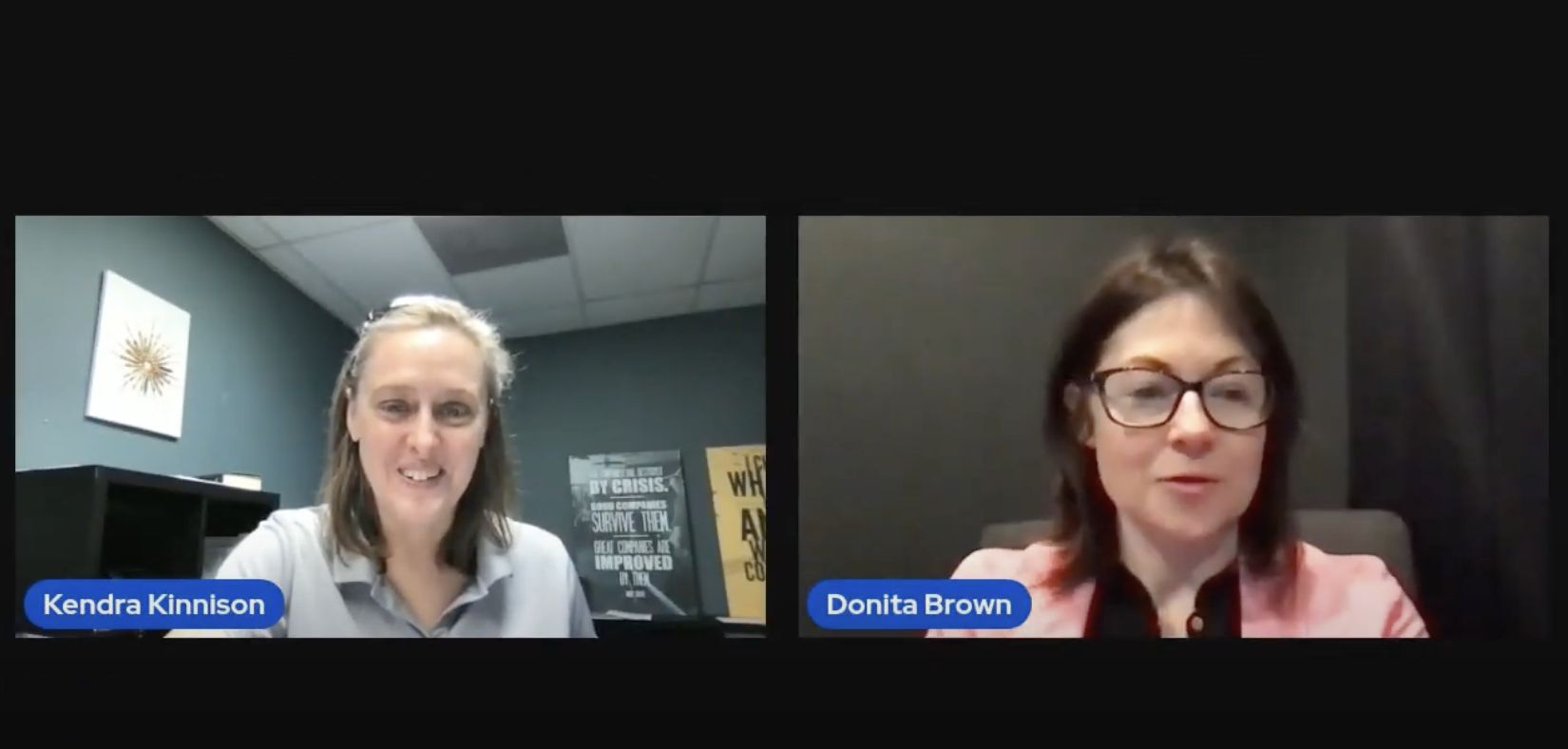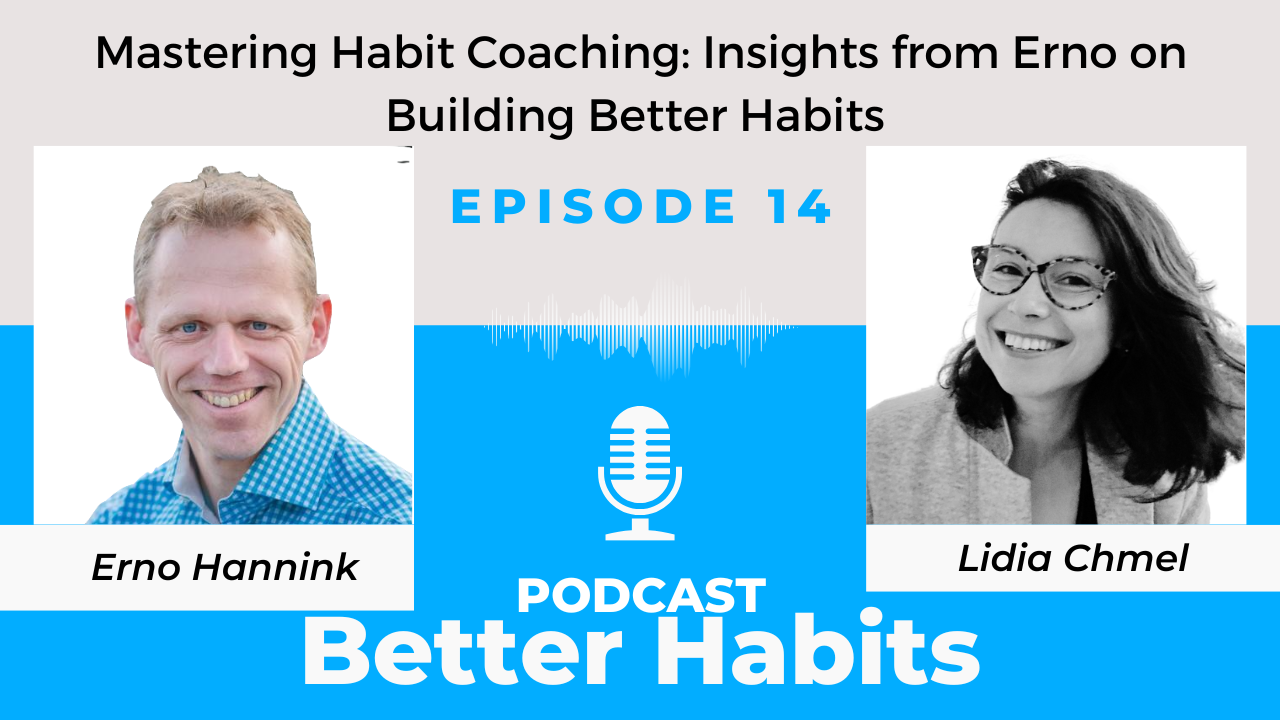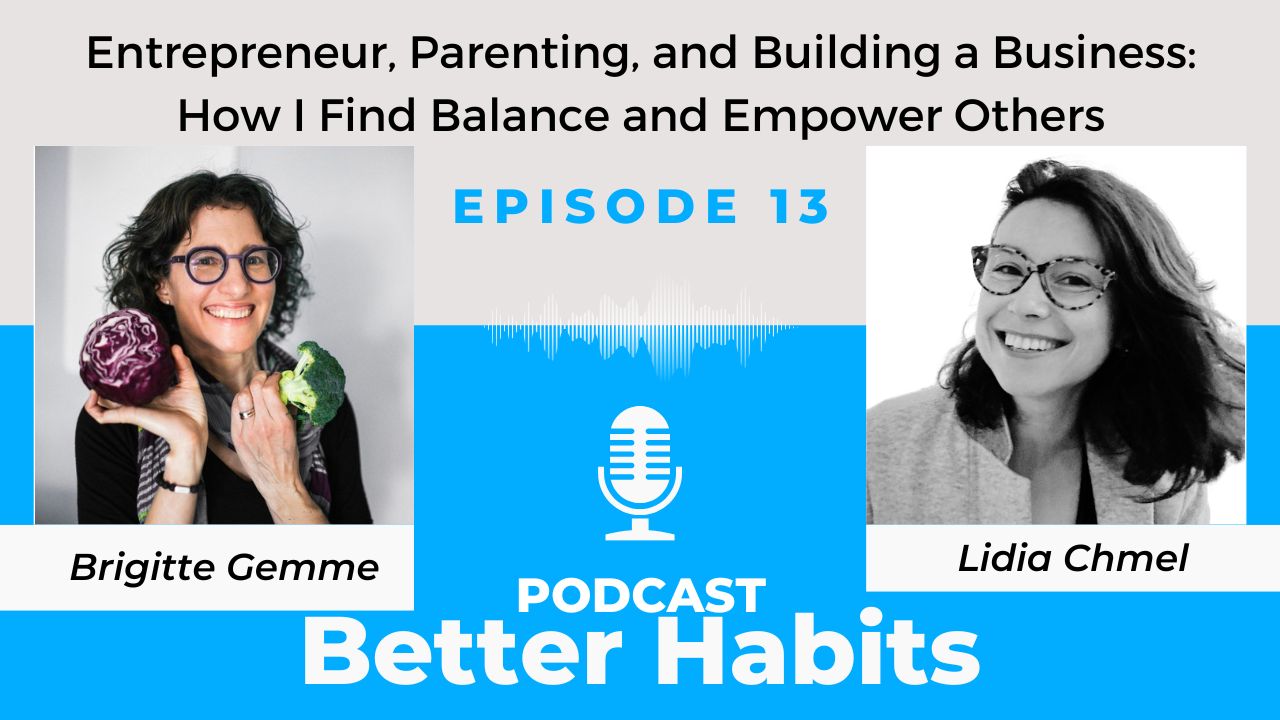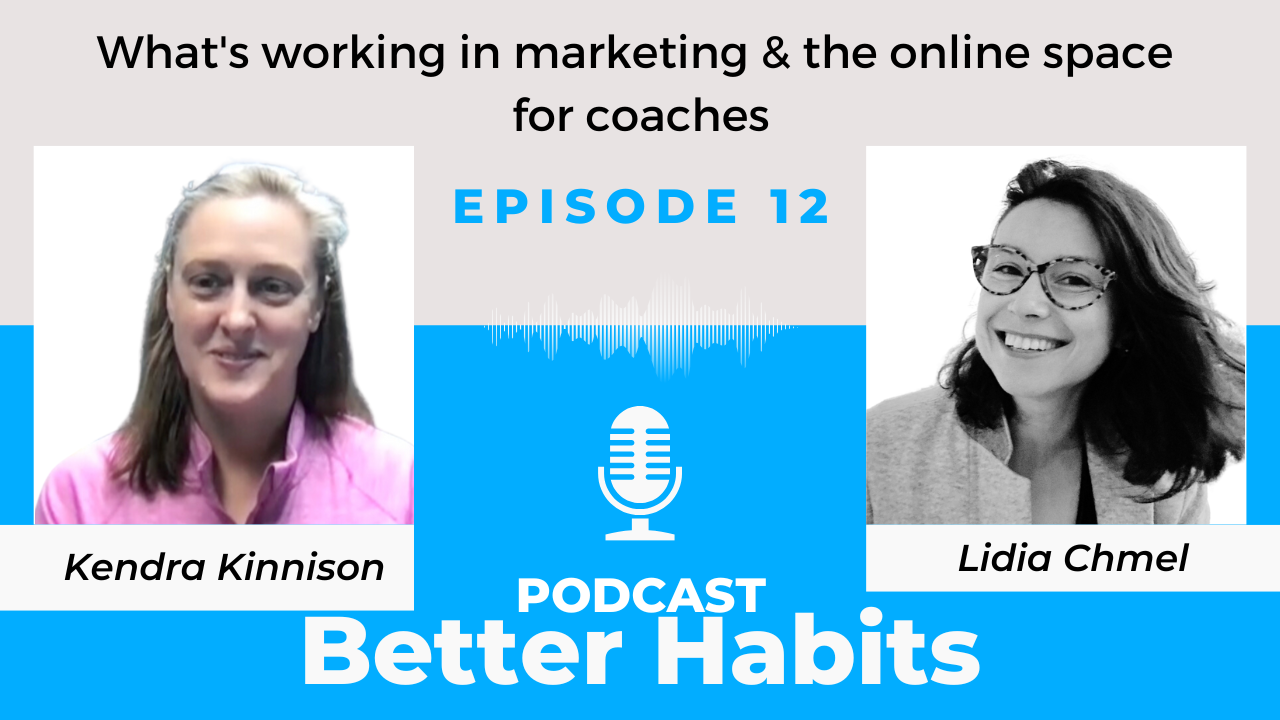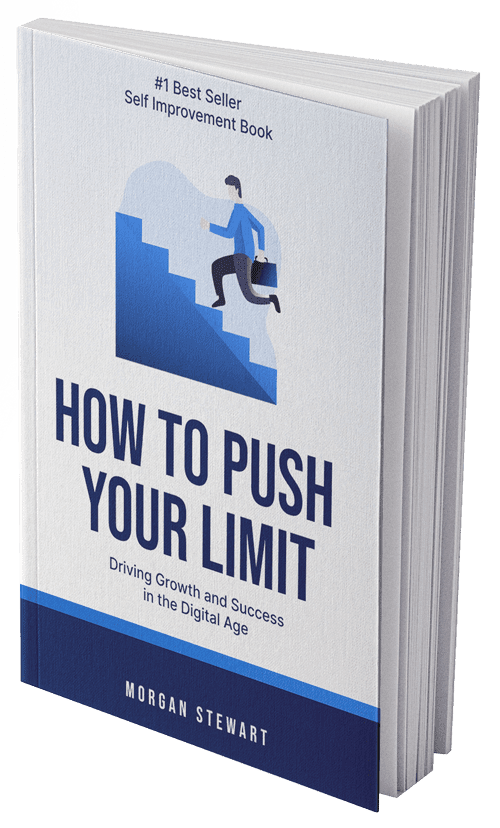Can habits be sometimes the wrong tool? This question is not often discussed and elaborated on and is barely explored. But this is not to spoil your expectations, but to let you know that sometimes habits are not the right tool for every behavior. And what does it mean?
You would see that some of you or your clients will begin to use this idea of habits as code to mean that they want to do something that they don’t want to put effort into doing. Like you hear people say, “I want to make exercise into a habit,” I want to make writing a novel into a habit. Unfortunately, many of these behaviors don’t meet the definition of what a habit is.
But of course, many behaviors do fit the definition but make sure that everyone is on the same page about this definition. A habit is a behavior done with little or no conscious thought; those are habits.
But what happens if the behavior requires a lot of conscious thought?
Coming from a professional author who has written two bestsellers and countless articles, writing has never been a habit if done with tons of thought and tons of conscious effort while writing. It’s not easy at all. It is a slog; it is very, very difficult. And, in many ways, it’s the antithesis of a habit. Did you ever ask, “what is the opposite of a habit?”
The Opposite of Habit
The opposite of a habit is deliberate practice. You have read all about deliberate practice, and you have seen some amalgamation of the 10,000-hour rule. Deliberate practice requires thinking consciously about what you are doing to get better. So behaviors that need this type of conscious effort require deliberate practice, and this constant improvement involves a ton of conscious thought.
Now, why is this so important? Why isn’t this just semantics? Who cares here?
Well, the reason this is so important is that sometimes your clients find that they have been doing this behavior that they are told they could turn into a habit and have been doing it for 20 days, 30 days, 45 days, 60, and it’s still hard, it’s not easy, and it hasn’t become a habit. And what many people will do is that they will blame themselves. They’ll think that there’s something wrong with them.
That somehow they are deficient, and that’s, of course, something that can lead to failure, and it’s something that leads to people quitting. It’s something that leads them to fire their habit coach potentially. Know that good things take time, and not every behavior necessarily needs to be a habit. Many behaviors can be routines.
What is a Routine?
A routine is simply a series of behaviors frequently repeated. So understanding the critical difference between what’s a habit and what’s a routine is very important for you and your client. And this is to realize that you have the proper expectations around the type of behaviors that require deliberate practice, effort, and struggle. And what kind of behaviors are good candidates to become habits?
Now, for those behaviors that can turn into beautiful habits, continue to do it. But what about those routines? What is the enemy of these routines? Why don’t people do the things that they know they should do? What’s the barrier?
In research, it was uncovered that the barrier is not a lack of understanding. You live in an age where you can find out how to do something very, very quickly. For example, you know what to do if it’s dieting; you have to eat right and exercise to be healthier. Everybody knows that you don’t need to buy a diet book to tell you that a piece of chocolate cake is not as healthy as a healthful salad.
Who doesn’t know that if you want to build closer relationships with your family members and friends, you have to be fully present with them? You can’t be on our devices, but you have to be there with them to have better relationships and to put in the time. Who doesn’t know that if you want to excel in your work, you have to do the hard work that other people don’t want to do? You know this already, thus you have to do the job.
So the question is, “why don’t you do these behaviors?” What’s preventing you from doing these behaviors? Be they forming these habits in the first place or continuing these routines. Well, the culprit here is not that you don’t know what to do. You basically know what to do, and if you don’t know what to do, you can Google it and quickly find out. The culprit here is that you don’t know how to stop getting in your way. You don’t know how to stop getting distracted, which is why the skill needed for the century is becoming indestructible.
No area of your life doesn’t depend on your ability to follow through, to live with personal integrity. And whether you know it or not, this is what you’re giving your clients. You’re not giving your clients just the ability to form new habits, new behaviors to change their lives. What you’re doing for them gives them a sense of personal integrity. You allow them to be as honest with themselves as they are with others.
You know, most people are pretty honest with others, and they want to tell the truth to their family, their friends, their coworkers. Most people value honesty, but most people lie to themselves every day.
For example, people say they will work out, but they don’t or say they will be with their family, but they’re not. They say they’re going to work on that big assignment, a big project, but they procrastinate. So what you’re giving your clients is personal integrity. And once they feel that, that is a remarkable self-image that they now adopt, and it’s a fantastic way to live, and it feels incredible.
And the way you do that is by helping them do whatever they say they are going to do. So, you should explain this model on how you can all live with personal integrity and do what you say you are going to do.
Being Indistractible
The first place to understand what distraction is and how you can become indestructible is to understand the opposite of distraction. If you ask most people, what is the opposite of distraction, they’ll tell you it’s focused. But that’s not true because the opposite of distraction is traction. Both words come from the same Latin root, which means to pull. And you’ll notice both words end in the same six letters when a-c-t-i-o-n, ACTION.
So by definition, traction is any action that pulls you towards what you said you were going to do, things that you do with intent, things that help move you towards your values and help you become the kind of person you want to become.
Now, the opposite of traction is a distraction. Distraction is any action that pulls you farther away from what you plan to do, something that is not by your values that pulls you farther away from becoming the kind of person you want to become. Those are acts of distraction. So why is this so important?
Anything can become a distraction. How many times, you like to do things like you sit at your desk, and you say, “okay, now I’m going to work on that big project, I’m not going to let anything get in my way, I’m not going to get distracted, I’m not going to procrastinate.” Or you say, “I’m going to get started on that big project that I’ve been putting off, but first I want to check some email, I want to cross off some to-do’s on my to-do list. Or “let me do that stuff real quick, just to get that out of the way.”
And what you don’t realize is that you are having that most dangerous form of distraction because this is an example of how distraction can trick you into prioritizing the easy and the urgent at the expense of the vital work that you know you have to do. So anything that is not what you plan to do is, by definition, a distraction. And conversely, anything you plan to do that you do with intent is traction.
So, you know, in the news media today, you hear a lot about how technology is addicting people and melting their brains and hijacking people’s minds. That’s rubbish because there’s nothing morally superior or inferior to playing a video game versus watching a football game on TV. Anyway, you plan to spend your time, so it is fine as long as you follow your values and according to your schedule,
The time you plan to waste is not wasted time, so as long as you plan that time, that’s an act of traction. So if you can picture in your mind, you have traction, and you have distraction. Now you have to ask yourself what prompts you to take these actions? Well, here, you have two kinds of triggers.
You have external and internal triggers that lead you towards traction and distraction. External triggers are the usual suspects that things all around us, the pings, the dings, the rings, anything in your outside environment that can lead you to either traction or distraction, but it turns out that only 10% of the time that you get distracted. 10% of the time, you check your phone. Are you checking your device because of an external trigger? Only 10% of the time. Well, what’s the other 90%?
The other 90% of the time you get distracted, you check your devices because of an external trigger, but rather because of what you call an internal trigger. So what is an internal trigger?
An internal trigger is an uncomfortable emotional state that you seek to escape from, like boredom, loneliness, fatigue, uncertainty, anxiety, stress. These are painful emotional states that you want to escape. And most often, you escape them with distraction. You don’t care if it’s too much news, booze, football, too much Facebook, or any distraction.
It’s not a character flaw, there’s nothing wrong with you, and your brain isn’t broken. It’s that you haven’t learned how to deal with discomfort in a helpful way that leads you towards traction rather than trying to escape it with distraction. This is the model that you can take to your clients, that you can use yourself to help you and them do what you say you’re going to do.
No matter what you want to do, like, spend quality time with your family, work on that big project, work on that business and stay and not get distracted. In contrast, you do it and work on your health, physical, and mental wellness; all of these require your ability to control your attention. This is how you choose your life. And you do it by applying these four basic strategies:
- Master the internal triggers, and there are all kinds of techniques you can use to learn to master these internal triggers, so they don’t become your master.
- You have to make time for traction. The fact of the matter is that most people do not plan their day, which is a huge mistake. Most people use this terrible technique of running their lives off a to-do list. And it turns out that running your day off a to-do list is one of the worst things you can do for your productivity.A
lot of research shows that if you don’t plan your day, somebody will design it for you. And if you don’t know what traction is, you don’t see what distraction is. You can’t call something a distraction unless you understand what distracted you from it. So you have to help people make time for traction in their day to live out their values.
- The next step is to hack back the external triggers. You can do so much right now that proves that you are so much more powerful than all of these distractions. For example, what will Mark Zuckerberg do if you turn off notifications? How many of you complain about getting distracted, but you sleep next to your cell phones every night.
You can do specific things that everyone can do to hack back those external triggers using technology, ironically enough, to prevent getting distracted by technology. All kinds of techniques you can use there.
- Finally, the fourth step is to prevent distraction with pacts and apply a pre-commitment device. It’s your last line, and it’s the firewall to prevent you from getting distracted if those other three strategies fail.
So these are the four key pillars of becoming indistractible:
- Master the internal triggers
- make time for traction
- hack back external triggers
- prevent distraction with pacts
So it is important to audit, control your attention, and choose your life. Truly, believe that you can get the best out of these technologies and tools without letting them get the best of you. You can all become indistractible.
Key takeaways
- One thing that stood out right away, which feels like there’s this incredible power and tackling a goal with a habit because a client is in a position of dealing with reality. The tendency is to do all of this upfront planning which is mostly for the wrong things.
- An internal trigger is something not planned because people haven’t acknowledged yet or are not aware of what’s going on. So like the way that coaches get them as a Keystone habit. You get them moving right away and then ask what went wrong and why.
- And finally, everyone is going to deal with the real issues that get in the way of a goal.
Watch the video here:

